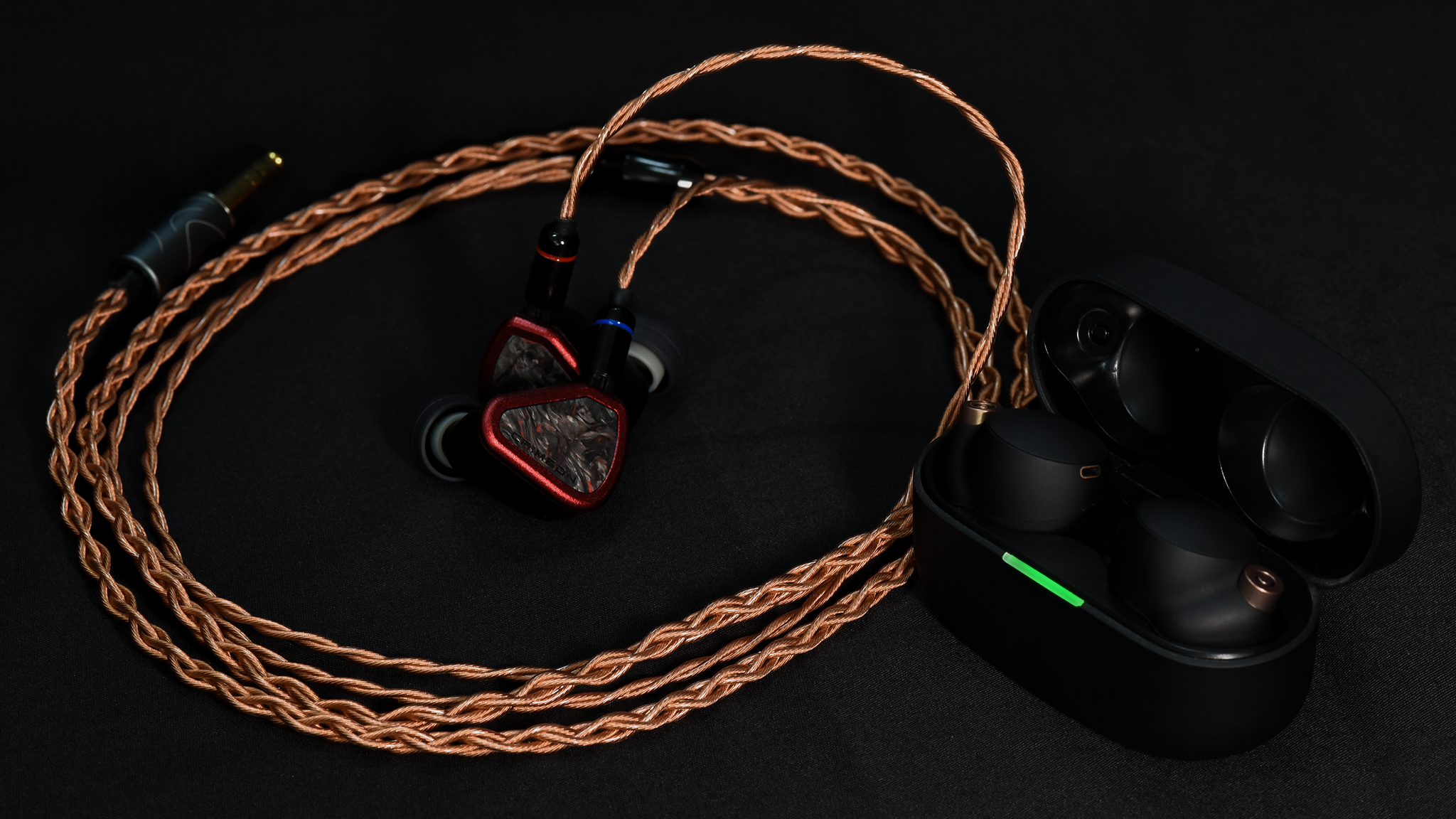Preface: This is the first part of an educational series designed to empower our customers with a deeper understanding of In-Ear Monitors (IEMs) and their benefits in both personal and professional contexts. Throughout this series, we'll explore various aspects of IEM design and delve into the intricacies of both critical and casual listening. The articles will progressively delve into more technical aspects over time.
Here at Symphonium Audio, we commonly get asked about our main products In-Ear Monitors.
In-Ear Monitors or IEMs for short are devices used by musicians, professional audio engineers, and audiophiles to listen to music in both casual and professional settings. The technology behind IEMs has evolved over the years and more so over the last decade or so, becoming not only comparable but, in some cases, better than other audio solutions.
As a company specialising in the manufacture of In-Ear Monitors, we will try to give a brief overview of IEMs as well as compare them to other portable audio solutions on the market.
Small Form Factor:
The use of IEMs provides several distinct advantages, the biggest of which is their lightweight and small form factor. This brings about a huge improvement in portability and convenience, whereby IEMs can be physically brought anywhere. This means that you can use your earphones on-the-go, on stage, practically anywhere. Convenience with IEMs is highly underrated.
Passive Noise Isolation and Bass Response:
Compared to open-back headphones, IEMs generally exhibit a superior subbass response due to the better noise isolation, specifically the response below 40 Hz. Drivers are also positioned most closely to the eardrum, so there is less overall loss in the lower frequencies between the driver and the eardrum. This passive noise isolation results in a consistent listening experience, especially in noisy environments such as public transportation or flights. Moreover, users also have total privacy in their listening experience; nobody would be able to hear what they are listening to.
Wearing Comfort:
As IEMs are mounted directly within the ear and are notably lighter than headphones, they are generally more comfortable to use over long periods of time where the weight of headphones may cause fatigue. The nature of IEMs also allows airflow to the outer ear, allowing for an easy and free listening experience.
Headphones, on the other hand, would drastically lessen airflow and cause perspiration to accumulate. This would then cause degradation to headbands and ear pads, which would require replacement over time. IEMs thankfully do not have this issue, as the small form factor ensures that the outer ears are well ventilated.
Disadvantages:
The majority of IEMs on the market have sealed designs, and while they may exhibit a better bass response than non-sealed designs, they are also subject to some level of pressure buildup. For individuals who are sensitive, this can cause discomfort over time. Moreover, the nature of IEMs means that fit is of paramount importance to the overall experience; any loss of noise isolation would result in a noticeably suboptimal bass response and potential sibilance. This means that the end user will have to spend time trying different tip sizes or resorting to a customized fit solution.
The Big Picture:
We’d recommend new users think of their use cases and objectives when considering either audio solution. How important are noise isolation and portability to you? Do you have sensitivity issues with certain headphone or earphone designs? Do you have space constraints?
Headphone setups would be more suited for at-home listening where there are no space constraints, while an earphone would be vastly superior when listening in a crowded train or bus where portability and noise isolation are paramount. A professional musician would likely find it easier to bring their IEMs to shows and studios around the world compared to lugging a headphone setup around.
Ultimately, we think IEMs are the more versatile solution for the majority of use cases. Their disadvantages are easily overlooked when the advantages of portability and superior noise isolation are achieved.




Leave a comment
All comments are moderated before being published.
This site is protected by hCaptcha and the hCaptcha Privacy Policy and Terms of Service apply.